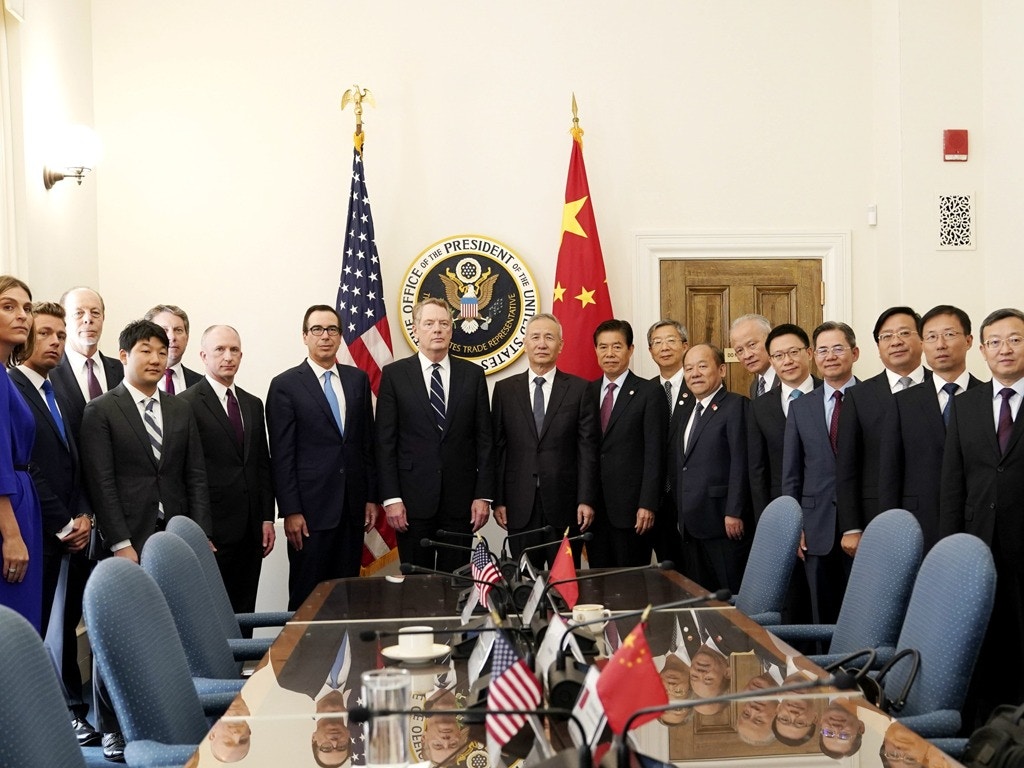US President Donald Trump met with Chinese Vice Premier Liu He at the White House on October 11. Trump said that China and the United States reached the first phase agreement. However, there are voices that some of the agreements reached between the United States and China are closer to reality and do not mean that the uncertainty caused by the trade war on the global economy will stop.
Bloomberg published an article on October 12th saying that when US President Trump is preparing to face the general election in 2020, a tough question lies in the popularization of the US economy by Trang. That is: Is it really worth it?
In the agreement disclosed on October 11, China will substantially increase the purchase of US agricultural products. This is the biggest victory for Trump. In addition, the agreement also has a lack of commitment to intellectual property rights and exchange rates.
Although Trump said that the two sides have not yet reached a written agreement, he is expected to sign in Chile with Chinese national Xi Jinping one month later. Trump told reporters on the 11th: “There is nothing more serious than what we and China are doing.”
However, the article points out that even if things follow the latest outline of Trump’s development, the scope of the agreement is much smaller than what he had imagined, and it is far less than the scope of the negotiations between the two sides when the negotiations broke down in May.
The article also pointed out that while the broader relationship between China and the United States shows many negative signs, it also makes many major issues unresolved. For example, the China-US storm around the US professional basketball league (NBA) is still in turmoil. The US government also cracked down on Chinese technology companies for human rights issues this week and imposed visa bans on some Chinese officials.
Eswar Prasad, former head of the International Monetary Fund’s China team and currently working at Cornell University, believes: “This agreement can hardly solve the root causes of any major trade and economic friction between the two countries. “He believes that there are still huge differences between the two sides on the core structure.”
Wendy Cutler, a former US trade negotiator and now head of the Asia Society’s Policy Institute, believes that the outline of the agreement looks like US Treasury Secretary Steven Mnuchin and even US Secretary of Commerce Ross (Wilbur Ross) The agreements negotiated in the past two years are similar, but the agreements negotiated before were rejected by Trump. Cutler said, “This looks like a “slight” agreement, not a “substantial” agreement, and this agreement will go further as negotiators will finalize the agreement in the coming weeks. The risk of weakening.
After several months of upgrading, Trump compromised this week and quietly accepted what he had refused in the past few months: a partial agreement may evolve more comprehensively, but may require up to three separate negotiation stages.
Bloomberg commented that this strategic change reflects a reality and is an issue that many analysts have warned as early as Trump hit China. While Trump continues to pressure China through tariffs, China has been reluctant to accept Trump’s comprehensive economic reforms.
Perhaps most importantly, the disclosure agreement does not include the change that the US government has promised to be the basis of any US-China agreement: to ensure that Beijing does not abandon the promised execution mechanism.
Trump just raised this issue and will resolve it later.












